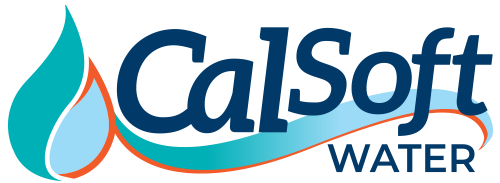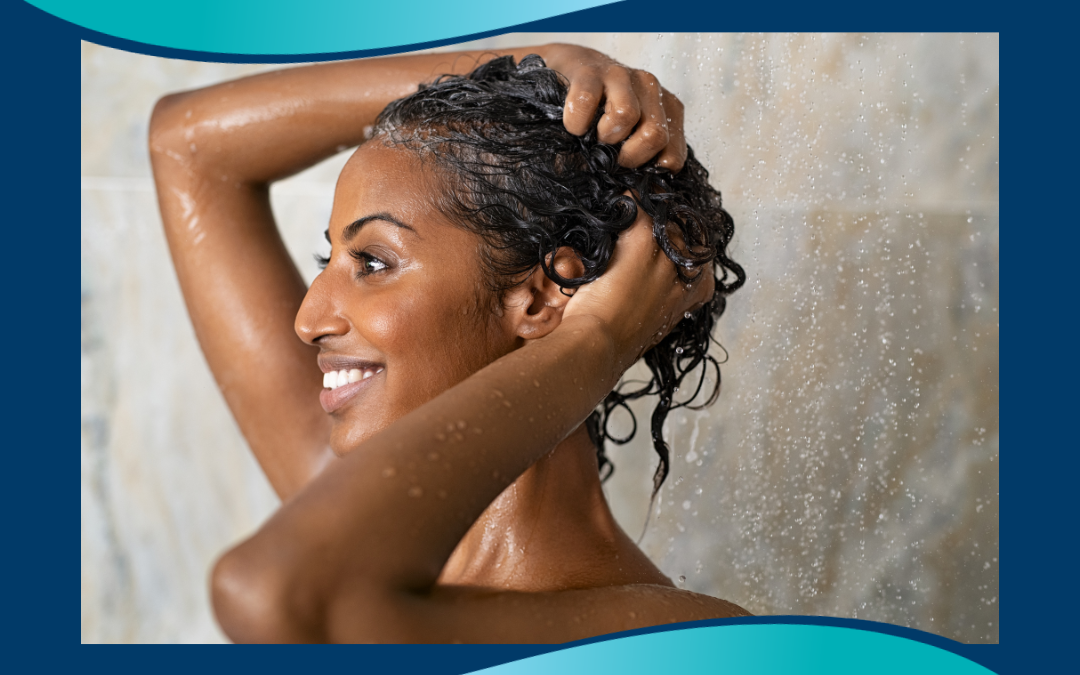Olaplex has risen in popularity in recent years for the ability to restore damaged hair and rebuild bonds broken during the chemical process. Using its patented ingredient, Bis-Aminopropyl Diglycol Dimaleate, heavily treated hair can be brought back to life. But Olaplex products, like other transformative hair treatments, can get pricey. And recent studies have more bad news for hard water users, which suggests that hard water might be keeping you from the full benefits of your hair treatment.
What is Olaplex and what are its benefits?
Olaplex is marketed as an affordable luxury brand with results to actually back up the pricing. The viral Olaplex No. 3 Hair Repair Perfector is shown to transform split ends into healthy, shiny locks. Even more, the brand’s hair treatments seem to work on several different hair types, from straight to 4C, both color-treated and curly.
Hair is made up of millions of disulfide bonds. These bonds allow our hair to be strong and flexible, but when these bonds break, split ends and damage become visible. Olaplex’s patented formula penetrates deep into the hair to repair damaged bonds. When used twice a week, damaged hair is said to look and feel healthier, shinier, and more touchable.
Are there alternatives for hair treatment?
Olaplex has established itself as a beauty staple, but amid recent controversy concerning Olaplex ingredients, consumers are looking elsewhere for bond-building hair treatments. Hair professionals have found affordable alternatives to keep hair feeling strong between appointments, including Charles Worthington Grow Strong protein treatment, OGX bonding treatment, and Pureplex Revolutionary Hair Repair System.
How does hard water affect your hair treatment?
When people talk about hard water, they’re referring to the mineral concentration. Hard water contains minerals like calcium, magnesium, and iron. While these minerals are completely safe for drinking, they can form a layer on your hair that prevents you from fully absorbing the benefits of your hair treatment. And for especially porous, treated, or textured strands, hard water can be especially moisture-wicking.
Are you washing your Olaplex down the drain?
If you have hard water in your home, it’s likely that you aren’t getting the full benefits of your Olaplex treatment. But you’re not alone! It’s estimated that nearly 85% of the United States has hard water. When hard water penetrates deep into your strands, minerals are left behind as the water evaporates. This filmy layer blocks hair from absorbing moisture and prevents repair and bond-building. Unless you’ve rinsed or clarified really well, there’s a chance that the effects of your Olaplex are being blocked by hard water buildup.
How to make the most of your hair treatment
If you have hard water and you’re determined to get the most out of your hair treatment, there are some temporary solutions. Before using Olaplex or other hydrating hair treatments, make sure to rinse well with softened or filtered water. Take filtered water into the shower with you on hair wash day, or consider a showerhead add-on that reduces mineral content.
For a more permanent solution, invest in a home water softener or reverse osmosis filtration system. Most water treatments and drinking water systems can be adjusted to fit your lifestyle, so ask one of our technicians today about your choices when it comes to size, flow rate, maintenance, and even delivery. Portable soft water exchange tank service provides an environmentally friendly solution to hard water and reduces salt pollution, plus you never have to leave your home.
The team at CalSoft is happy to answer your questions about the benefits of soft water and reverse osmosis so you can finally have the hair day you deserve!

